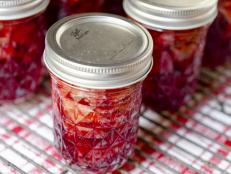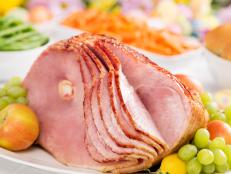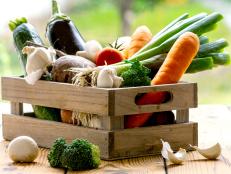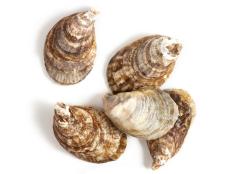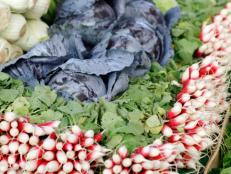A Beginner's Guide to Eating Oysters

Salmon, shrimp, tilapia, clams — they're all good seafood options, of course. But for many, the pearl of the edible underwater world is the oyster. For seafood novices and connoisseurs alike, however, oysters can be a bit of a mystery. To get to the meat of the oyster you must unlock the hard shell (easier said than done), which not only holds the tender, cool bivalves inside but also the saltwater-like juices, aka the liquor of the oyster.
Friday night, FN Dish was on hand at the South Beach Wine & Food Festival's Oyster Bash at Lure Fishbar right in South Beach. This sold-out soiree put one particular oyster in the spotlight: Island Creek Oysters, which hail from just up the Eastern seaboard in Duxbury, Mass. On their own these briny beauties boasted a clean, crisp, slightly salty taste, and they were being shucked on-site as quickly as festivalgoers could throw them back. Area chefs were on hand as well to dress them up, and what resulted were half-shells filled with flavors like smoky chorizo, rich lemon butter and bright saffron.
We caught up with a host of the event and the executive chef of Lure Fishbar, Josh Capon, for an oyster primer. Read on below for an introduction to these slurpworthy treats.
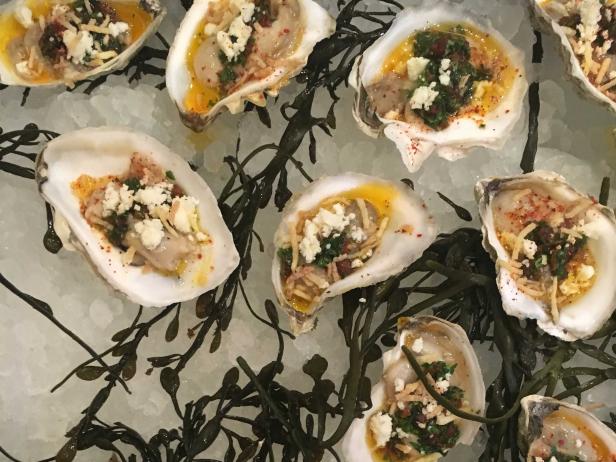
"Enjoy them. Learn what you like," Capon says. "If you really want to entertain with them, buy them from a reputable source. Make sure they're always closed [when you receive them]; you never eat an open oyster."
"I would say the biggest difference between East and West coast oysters is a creaminess [in the West] versus a brininess [in the East]," he explains. "So West Coast oysters — Kumamotos and Kusshis— tend to have a creaminess texture. East Coast [oysters] have a brininess, which refers to the salinity, and kind of a crisper texture."
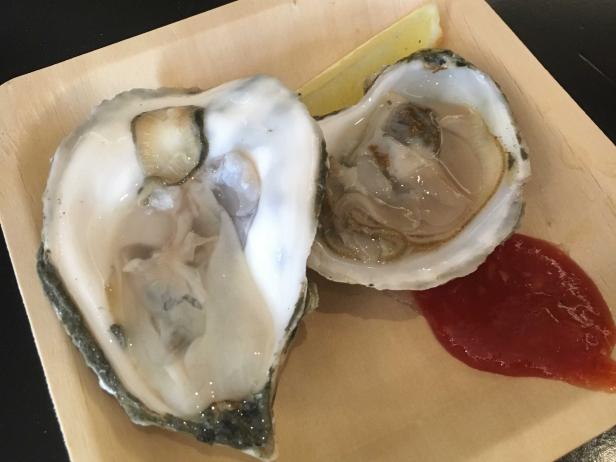
"When you shuck an oyster, it should be plump and juicy and delicious," Capon notes of what's waiting for you inside the shell. But as for the actual act of shucking, he says, there's one key goal. "The secret to shucking oysters is not stabbing yourself in the hand with the shucker," says Capon. "I would say always hold it very firm with a towel."
Capon says that "straight lemon and cocktail sauce" are "classic" oyster fixings — but you don't have to stop there. "What's fun ... at the Oyster Bash is we're doing all kinds of different toppings," he explains. "We're doing cooked, we're doing fried, we're doing raw."
Keep coming back to FN Dish all weekend long for more insider coverage of the 2016 South Beach Wine & Food Festival.























